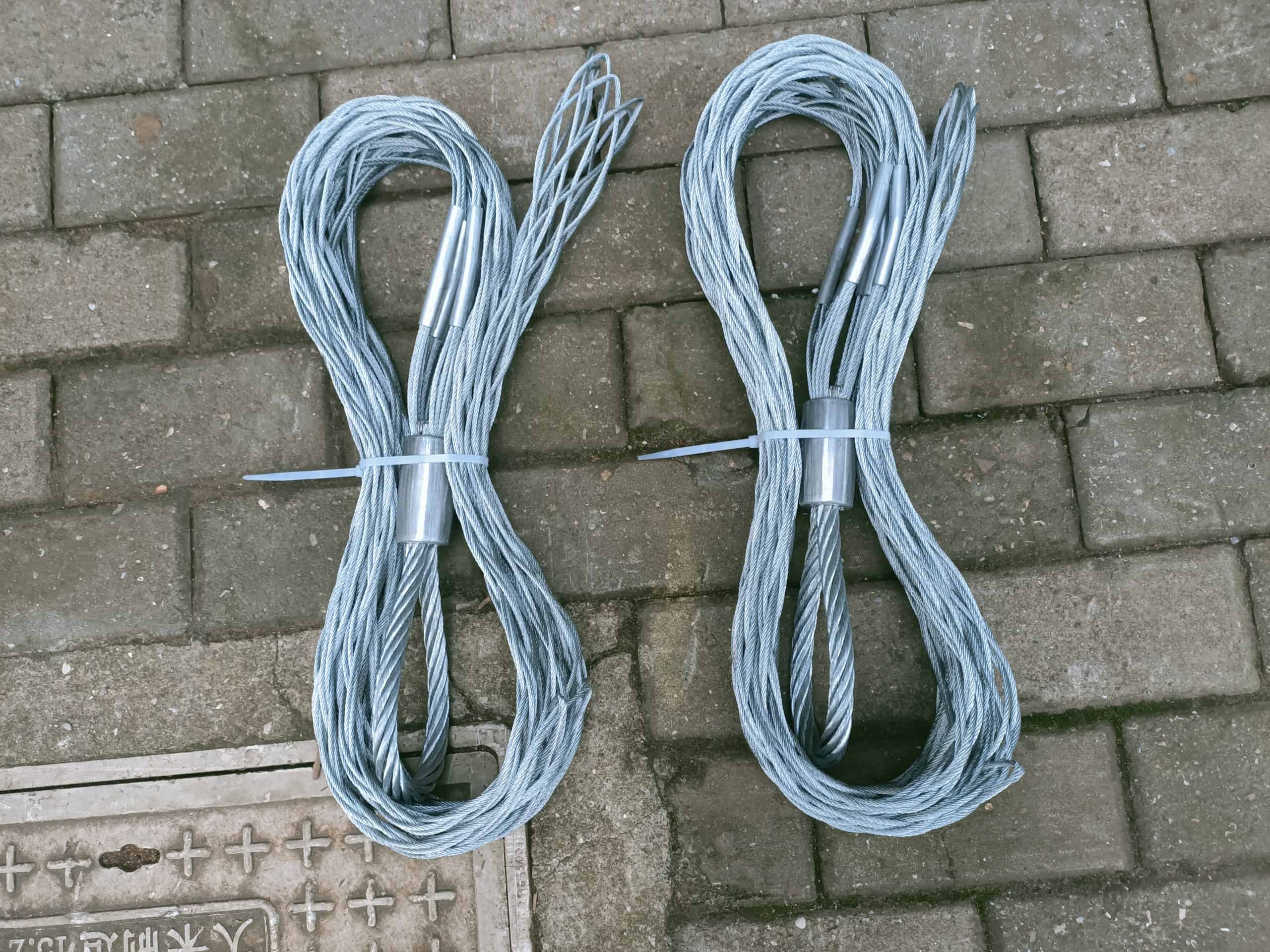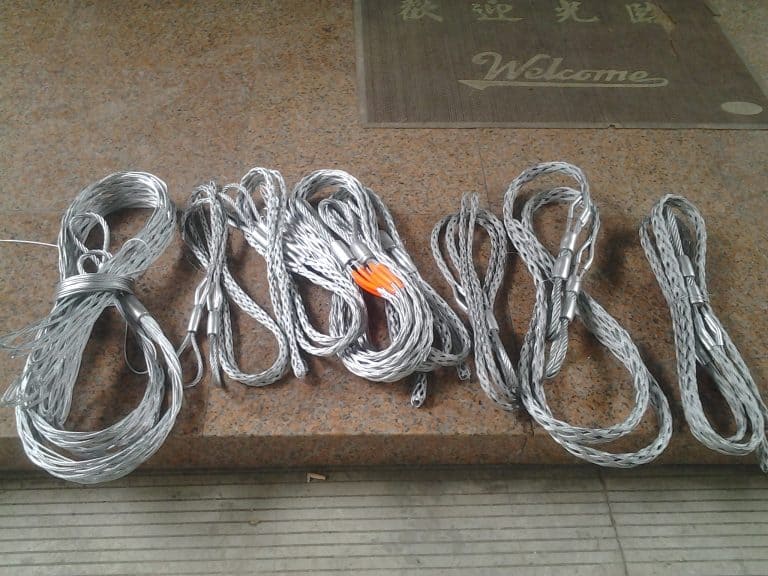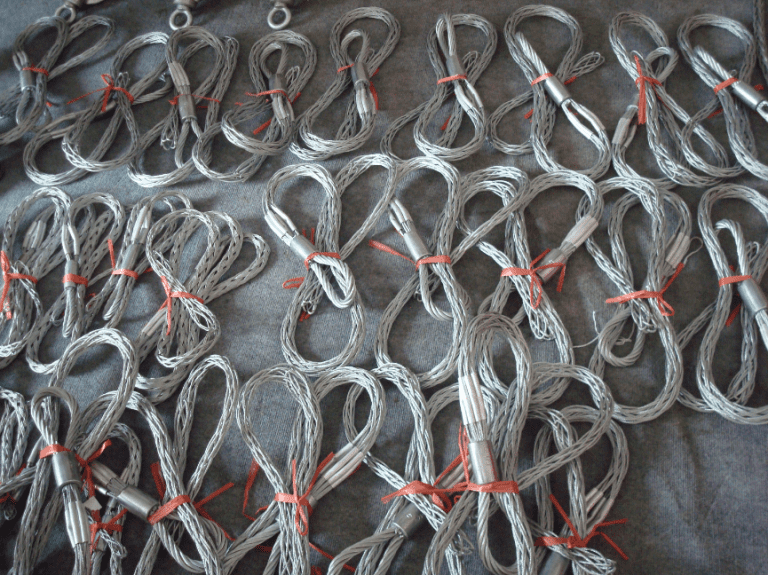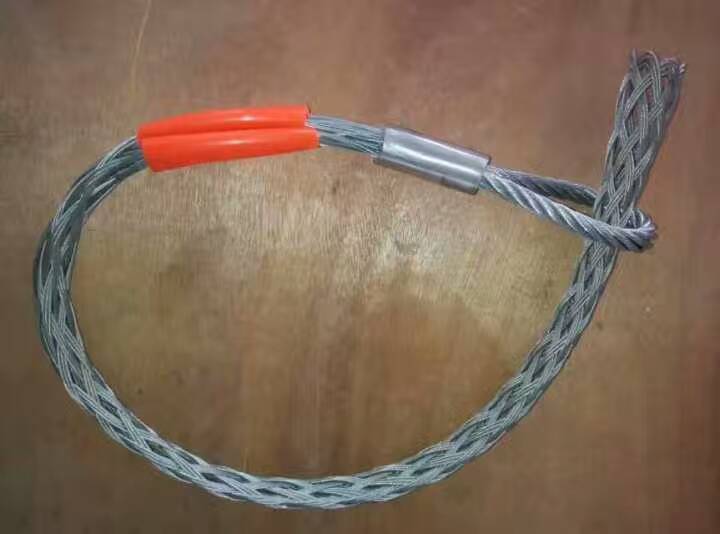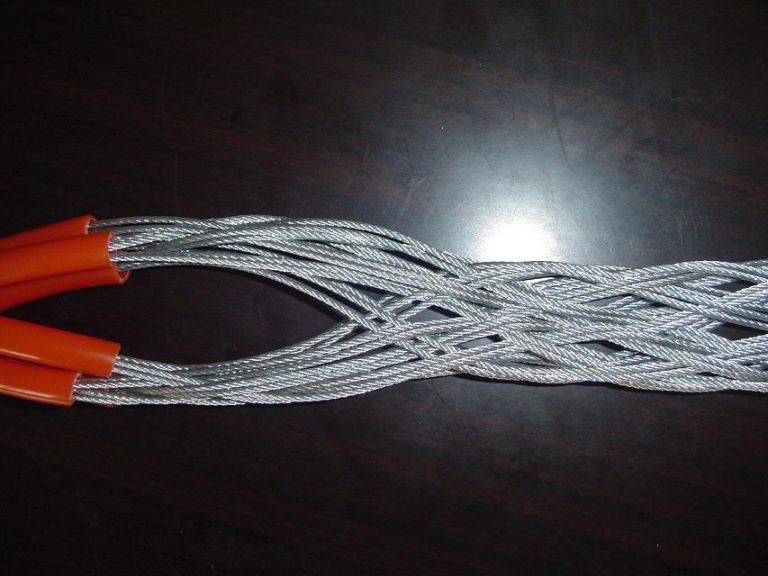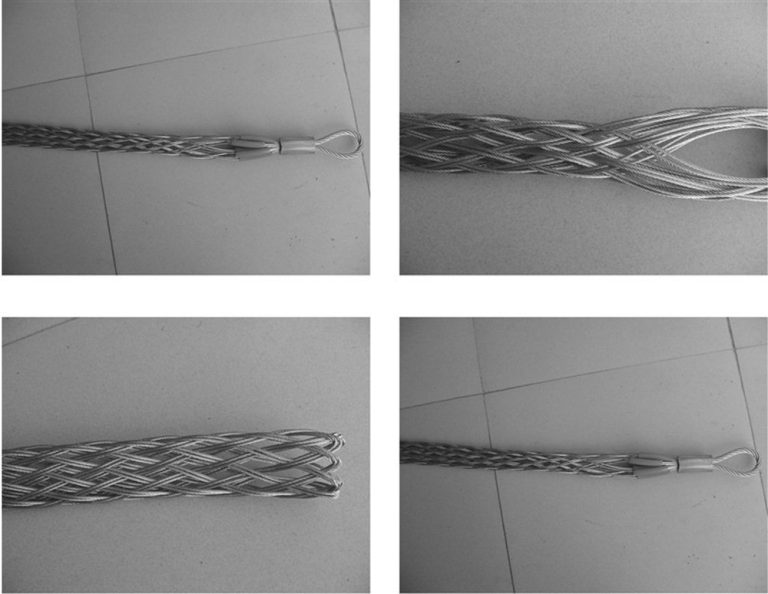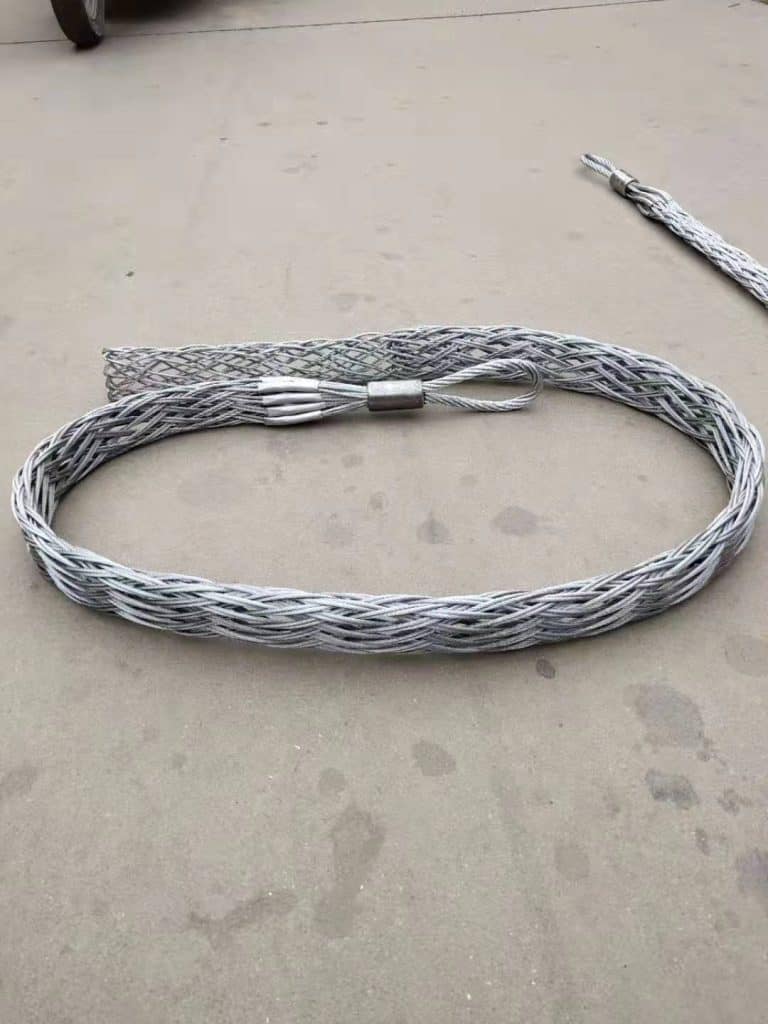The Importance of Pulling Socks in Cable Installation.
I. Introduction A. Definition of Pulling Socks Pulling socks are a tool used in cable…
I. Introduction
A. Definition of Pulling Socks
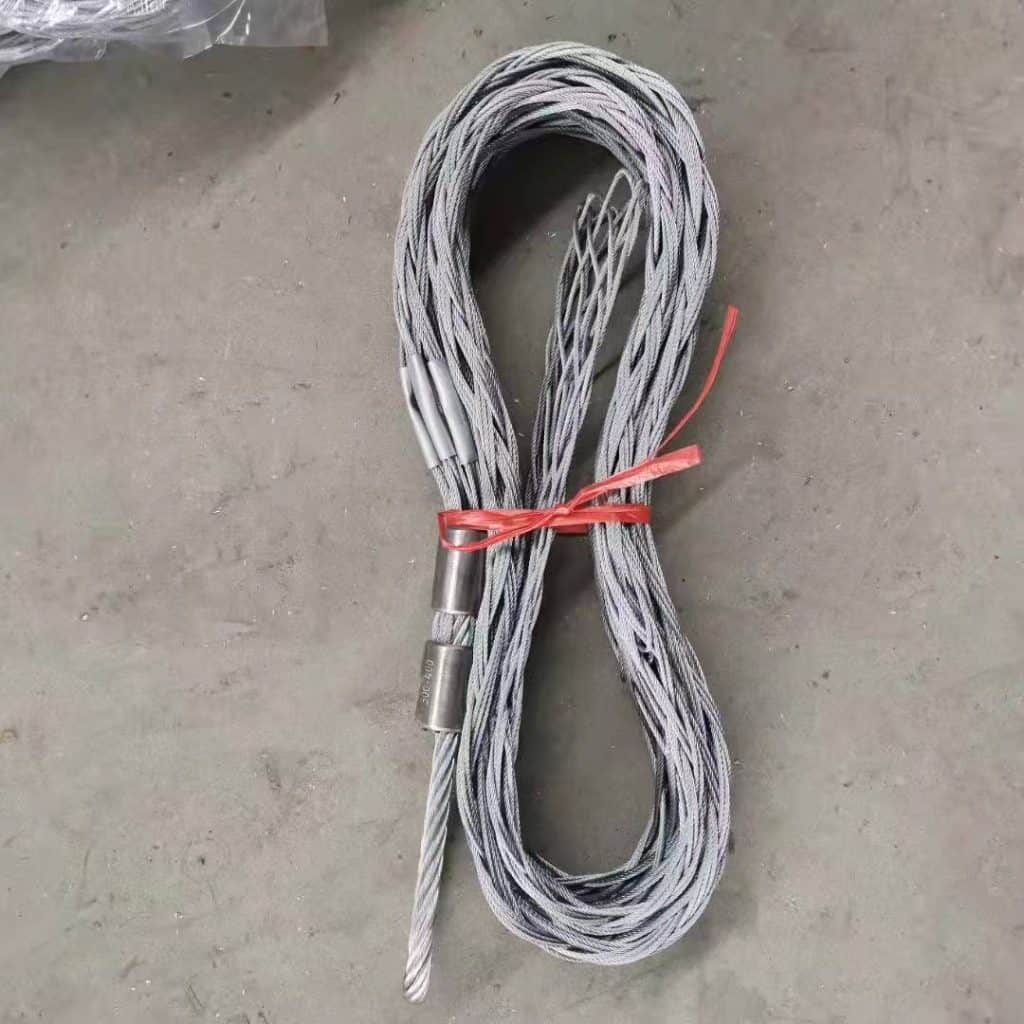
Pulling socks are a tool used in cable installation to help pull cables or wires through conduit or other types of enclosures. The tool is designed to grip the cable and make it easier to pull it through tight spaces or long distances.
B. Purpose of Pulling Socks in Cable Installation
Cable installation can be a physically demanding and time-consuming task, but pulling socks make the job easier and more efficient. By using pulling socks, technicians can reduce the physical demands of cable installation and increase their efficiency, ultimately making the process faster and more efficient.
II. Benefits of Using Pulling Socks
A. Improved Efficiency
The use of pulling socks in cable installations allows technicians to pull cables through long distances and tight spaces with ease. This saves time and reduces the physical strain on technicians, allowing them to complete installations more quickly and efficiently.
B. Reduced Physical Demands
Cable installation can be physically demanding, especially when pulling cables through tight spaces or long distances. Pulling socks reduce the physical demands of the job by making it easier to pull cables through these challenging areas.
C. Increased Safety
Cable installations often involve working in confined spaces or at heights. By reducing the physical demands of the job, pulling socks increase the safety of technicians, as they are less likely to become fatigued or injured while performing the work.
III. Types of Pulling Socks
A. Standard Sock Pullers
Standard sock pullers are the most basic type of pulling sock and are designed for use in simple installations. They are suitable for pulling cables through straight runs of conduit or other enclosures.
B. Continuous Sock Pullers
Continuous sock pullers are designed for use in installations where the cable must be pulled through multiple turns or bends. They are more flexible than standard sock pullers, allowing them to navigate tight turns and curves.
C. Double-Ended Sock Pullers
Double-ended sock pullers are designed for use in installations where cables must be pulled in both directions. They are typically used in applications where cables must be pulled from multiple points, such as in large commercial or industrial installations.
IV. How to Use Pulling Socks Properly
A. Preparing the Cable
Before using a pulling sock, the cable must be prepared. This involves stripping the cable to the appropriate length and ensuring that it is free of knots or tangles.
B. Attaching the Sock Puller
Once the cable is prepared, the pulling sock must be attached. This involves threading the cable through the sock and securing it in place.
C. Pulling the Cable
Once the pulling sock is attached, the cable can be pulled through the conduit or enclosure. It is important to ensure that the pulling sock is properly aligned and that the cable is being pulled straight, as pulling the cable at an angle can damage both the cable and the pulling sock.
V. Conclusion
A. Recap of the Importance of Pulling Socks
In conclusion, pulling socks are a vital tool in cable installations. They improve efficiency, reduce physical demands, and increase safety for technicians. By using pulling socks, technicians can complete installations faster and with less effort, making the process more efficient and cost-effective.
B. Final Thoughts
In the world of cable installations, pulling socks are a must-have tool. They make the job easier, faster, and safer, and they should be a part of every technician’s toolkit. Whether you are a seasoned pro or just starting out, incorporating pulling socks into your installations will make your job easier and more efficient.
pulling sock, pulling sock for cable, klein wire mesh grip, pulling grip, greenlee wire grip, kellems pulling grip, cable socks, klein pulling grip, greenlee cable pulling grips, cable grips.

